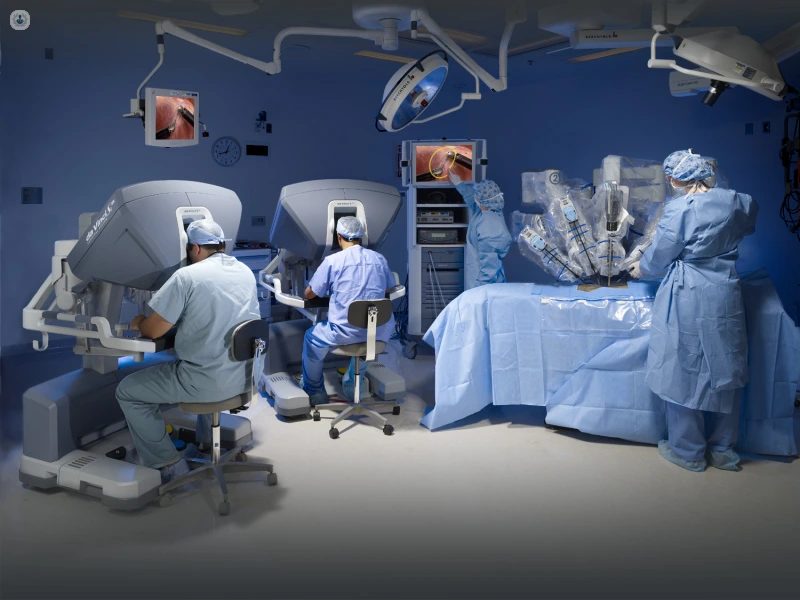Technological advancements have touched every aspect of human life in the last 2-3 decades. Everything is at our fingertips, and most tasks, minor or significant, are possible at the click of a button. Medical technologists have also contributed significantly to the development of newer devices, drugs, and consumables, thereby making the treatment; of errors accessible, more precise, and accurate with much lesser side effects & complications, thereby improving the outcomes drastically. One such technology that has changed the landscape of modern surgeries is the introduction of surgical robots. Robotic surgery is a technique that surgeons employ to operate on patients using small incisions with the help of robotic arms. Robotic-assisted surgeries have simplified surgical procedures, fewer complications, and better outcomes than traditional methods.
The first documented use of a robot-assisted surgical procedure dates back to 1985 when PUMA 560 robotic surgical arm was used in a delicate neurosurgical biopsy. But, this was a non-laparoscopic surgery. The first robot-assisted laparoscopic surgery was the removal of the gall bladder in 1987. Since then, there have been numerous developments in this field. The breakthrough came in 2000 when the da Vinci Surgery System became the first robotic surgery system approved by the FDA for general laparoscopic surgery. This system’s three-dimensional magnification screen allowed surgeons to view the operative area with high-resolution clarity. The “Endo-wrist” features of the operating arms precisely replicated the skilled motions of the surgeon at the controls, improving accuracy in small operating spaces.
What does Robotic surgery mean to you?
Robotic surgery has many benefits. It is less invasive, which means it can be done with smaller incisions and less tissue damage. It also has better precision, which means it can be used for more complicated surgeries than traditional methods. The main benefits of robotic surgery for you as a patient are:
- Fewer incisions and more minor scars
- Less blood loss and operative time
- Improved post-operatory recovery & Shorter hospital stay
- Fewer post-operatory complications
How is it helpful for surgeons in improving outcomes?
I would say that three crucial features that robot has, which help simplify surgeries & thereby improve surgical outcomes, are:
- The 3-dimensional high-definition view helps surgeons concentrate even on the tiniest structures in the body and even reach difficult-to-access areas with great ease. This, along with better depth perception, improves surgical accuracy.
- Three hundred sixty degrees of wrist movement allows surgeons to be more precise and accurate in difficult areas like the pelvis.
- Artificial intelligence and machine learning enable the system to have many safety mechanisms, resulting in fewer complications.
With these advances, surgical robots make your surgeries easier and better.
Get the second opinion from kidney specialists in Delhi for kidney transplant and robotics surgery


